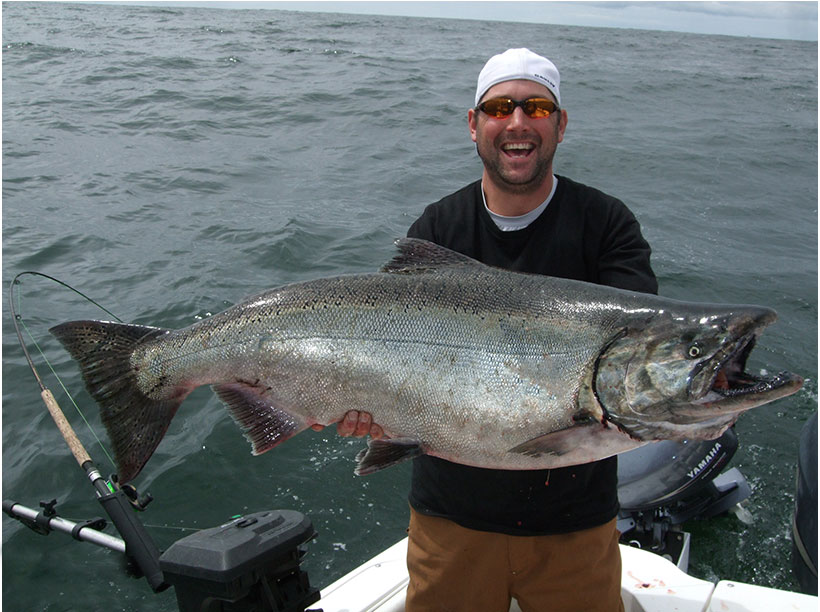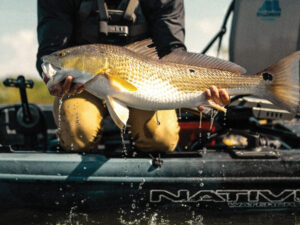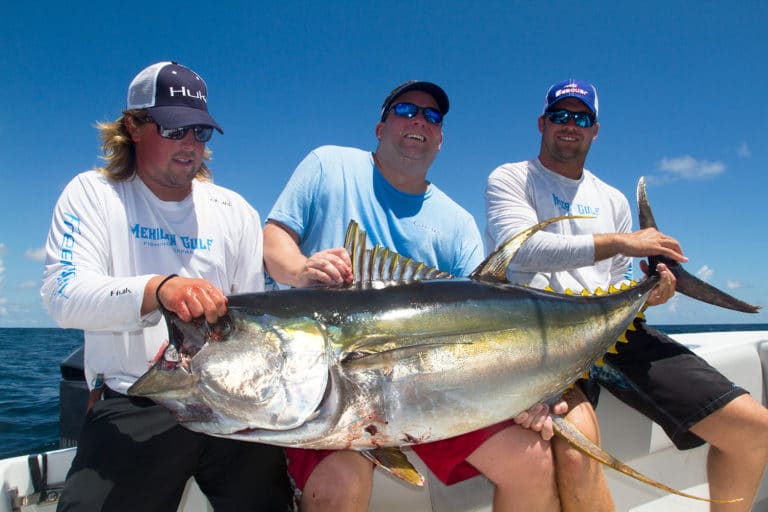
Kick off your summer season the right way

Choose a good downrigger

Decide on a type of downrigger cable

Mount releases properly

Pay attention to your line from the release clip to the lure or bait

Don’t be afraid to add weight

Control your trolling speed

Keep tension on your line

Maintain your equipment

Get down with downrigging









